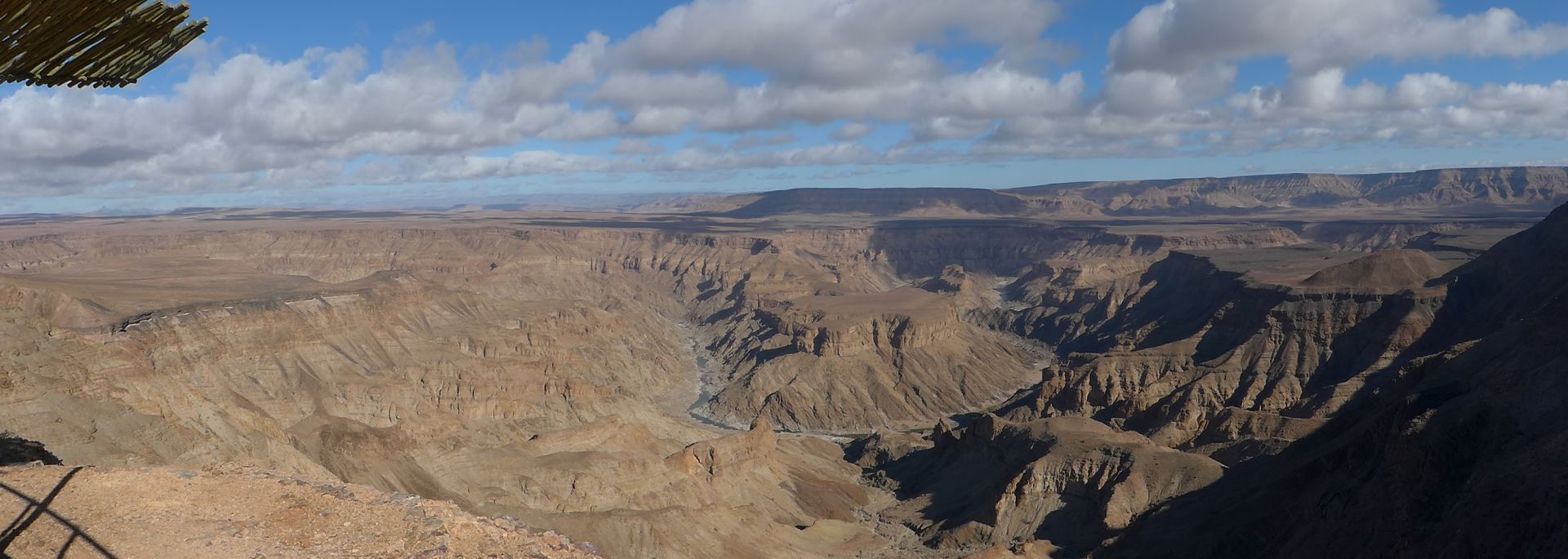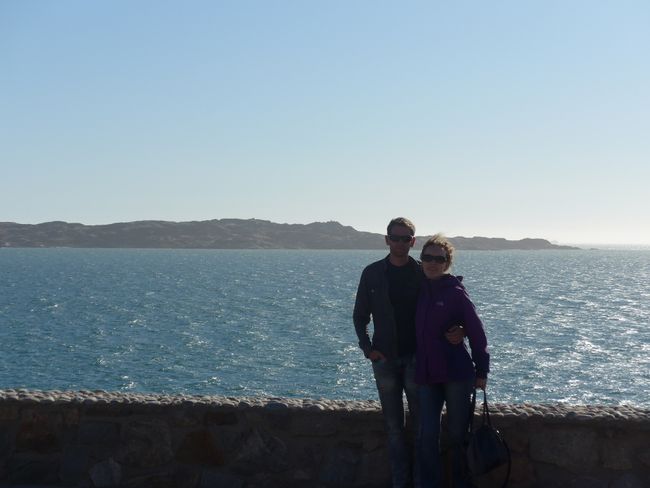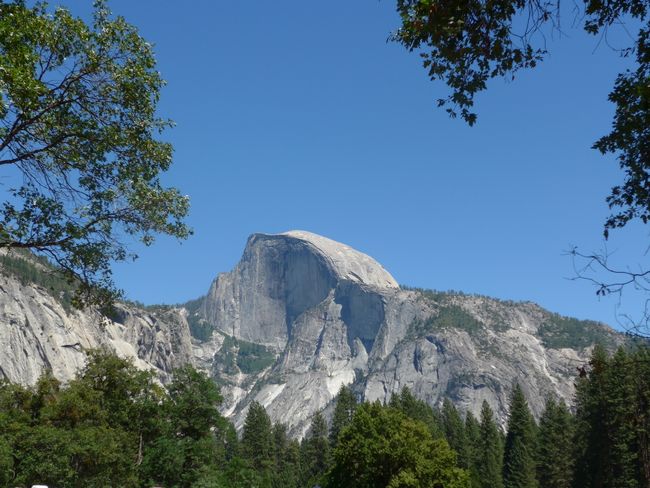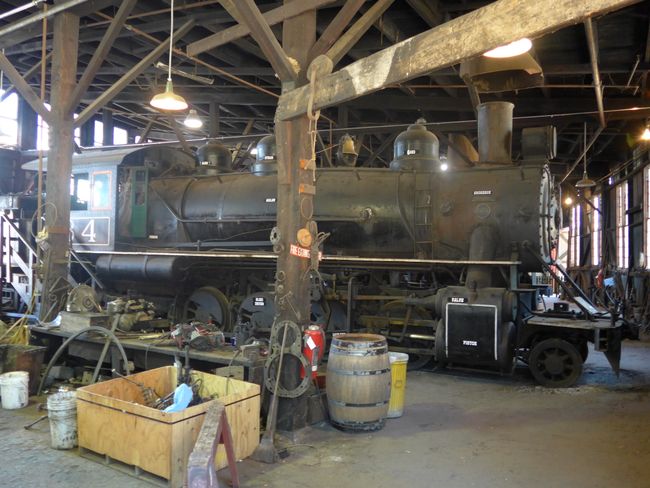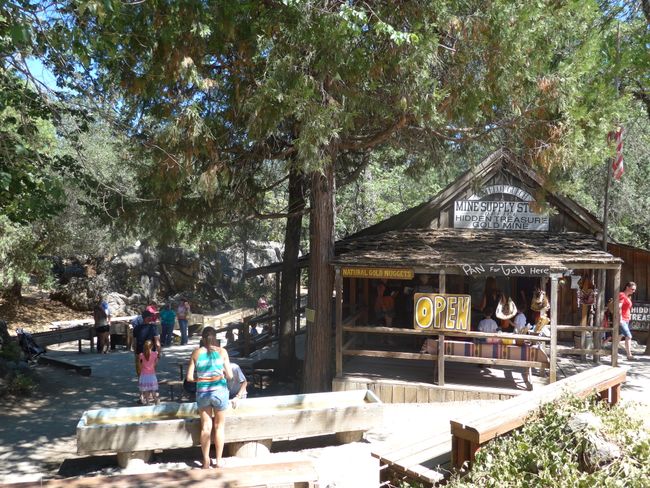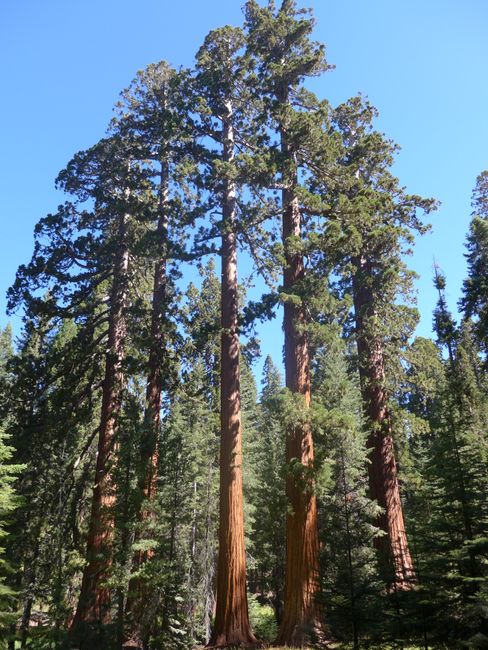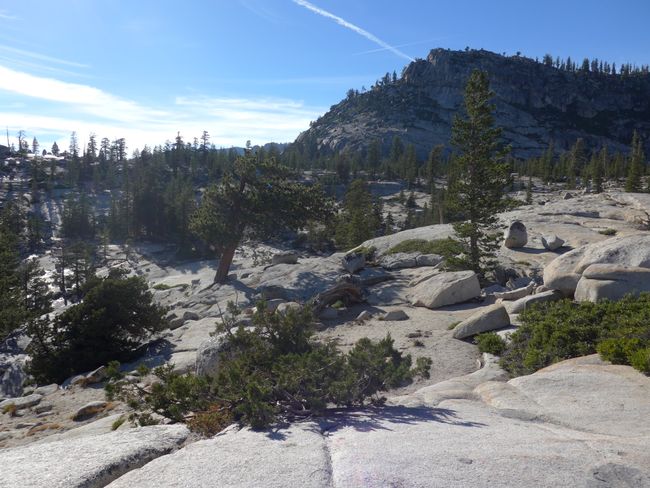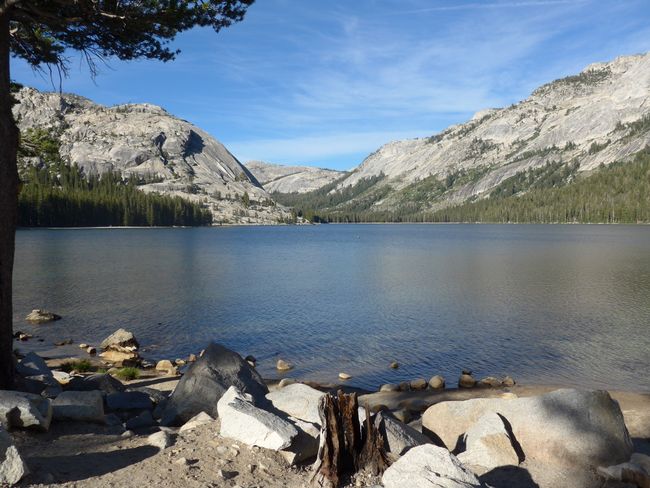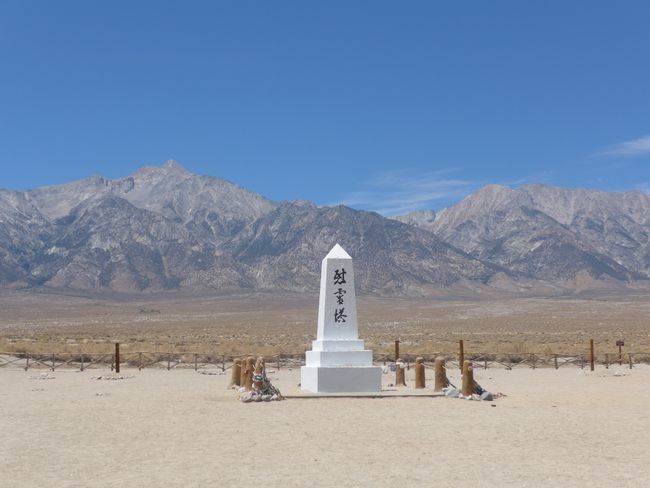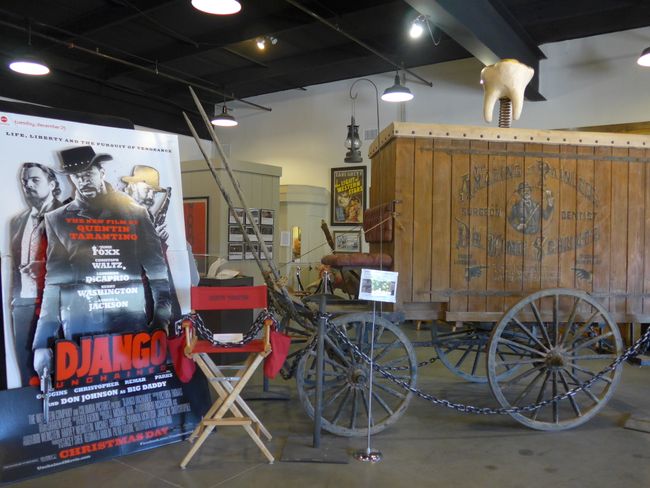Yosemite (Roadtrip Western USA Part 2)
Published: 30.03.2018
Subscribe to Newsletter
We started our journey from San Francisco with our rental car and made a spontaneous stop at 'Railtown 1897 State Historic Park' (Jamestown), where we had a tour by a nice man whose pronunciation unfortunately wasn't adapted to the needs of tourists... He mumbled through the history of the exhibits while we looked at the locomotives and wagons. The special highlight was the train from the movie 'Back to the Future Part III':

Following the footsteps of America's history, our journey took us to the 'Columbia State Historic Park', a 'living' ghost town that takes visitors back to the 1850s (the time of the gold rush). There we could see old houses, most of which housed souvenir shops and everything that can make money with tourists.

In the evening, we finally arrived at our first national park on our route: Yosemite. But we only had time for a short first impression. The next morning, we set off to explore the park by car and on foot.
First, we walked along the Mariposa Grove. There we could admire the giant sequoia trees, some of which are so wide that a carriage can pass through.
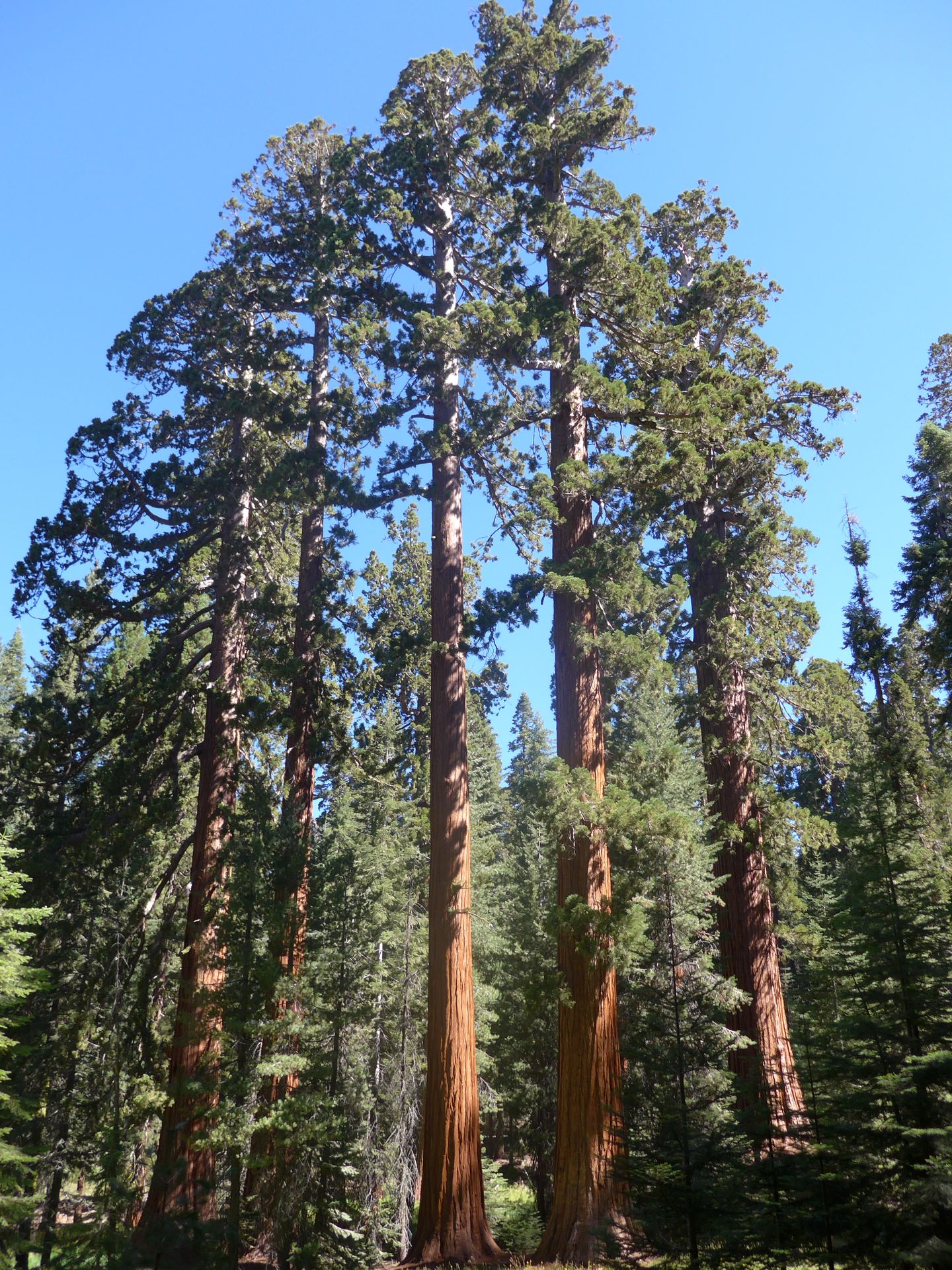
After the obligatory visit to Yosemite Village and Visitor Center, we took a hike to the 'Yosemite Falls', two waterfalls.
By the way, we could admire the beautiful landscape of the national park, which also includes the 'Half Dome', a 2,693 m high mountain with a dome-shaped summit.

The next day, we had to leave Yosemite behind and continue our journey over the Tioga Pass, where we could enjoy the beautiful view during several stops.

While doing so, we could also see large smoke clouds in the distance: Due to the intense heat, there was currently one of the typical summer bushfires.

Late in the evening, we arrived in 'Mammoth Lakes', a ski resort in winter. There we went to eat pizza, which we shared due to its size, which earned us strange looks from Americans who apparently didn't expect it to be meant for multiple people...
Early the next morning, we headed towards Death Valley. On the way, we stopped at 'Manzanar Historic Site', a memorial site built on the site of a military camp where Americans of Japanese descent were interned during World War II. There was a modern and large exhibition in a big hall, which provided information about individual fates and history. Outside, you could see the extent of the former camp (or, as the Americans would do it, drive through it with the car).
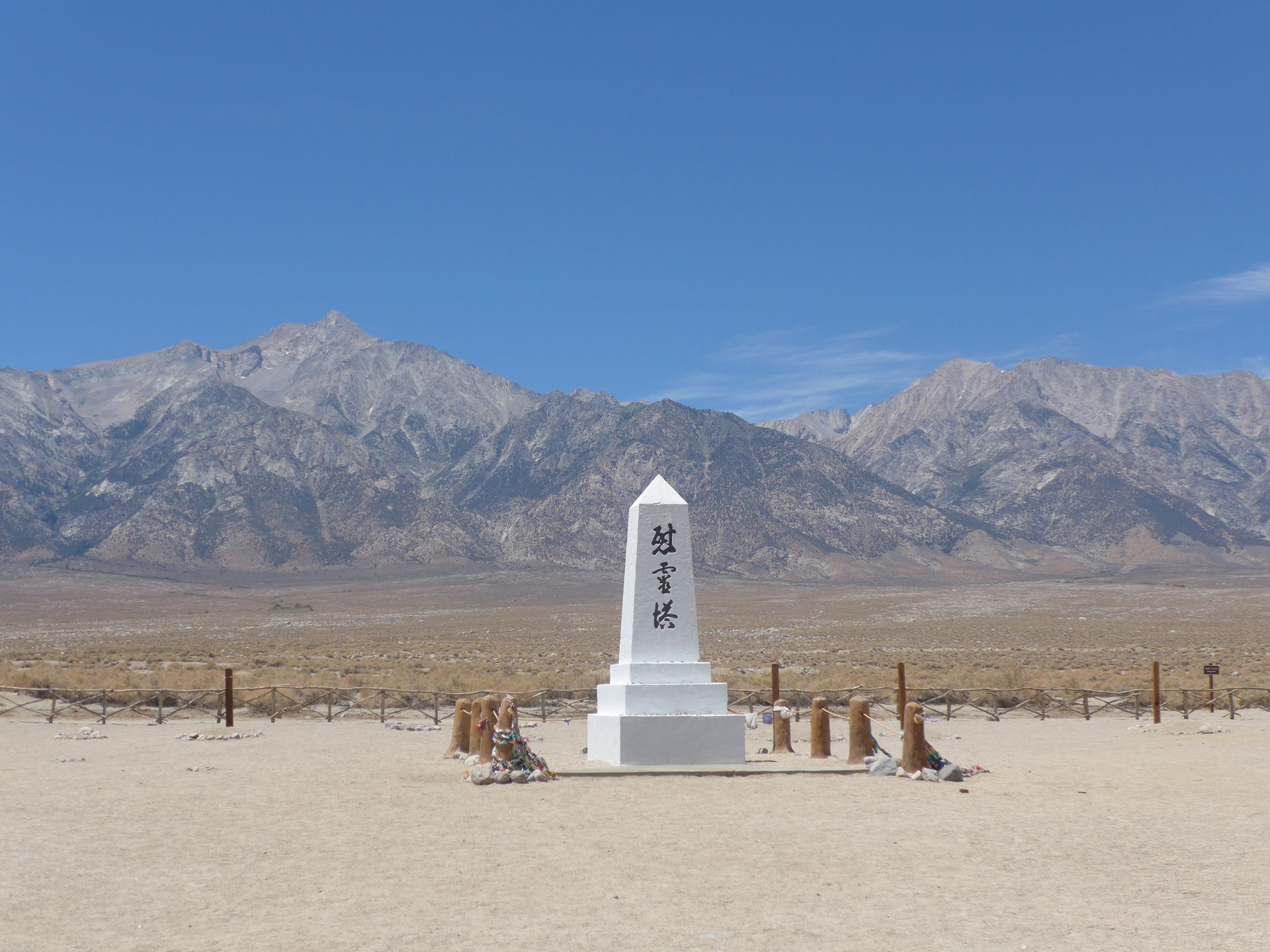
The next stop was at a movie museum in Lone Pine. There, we could see an exhibition with props from movies that were filmed in the area.
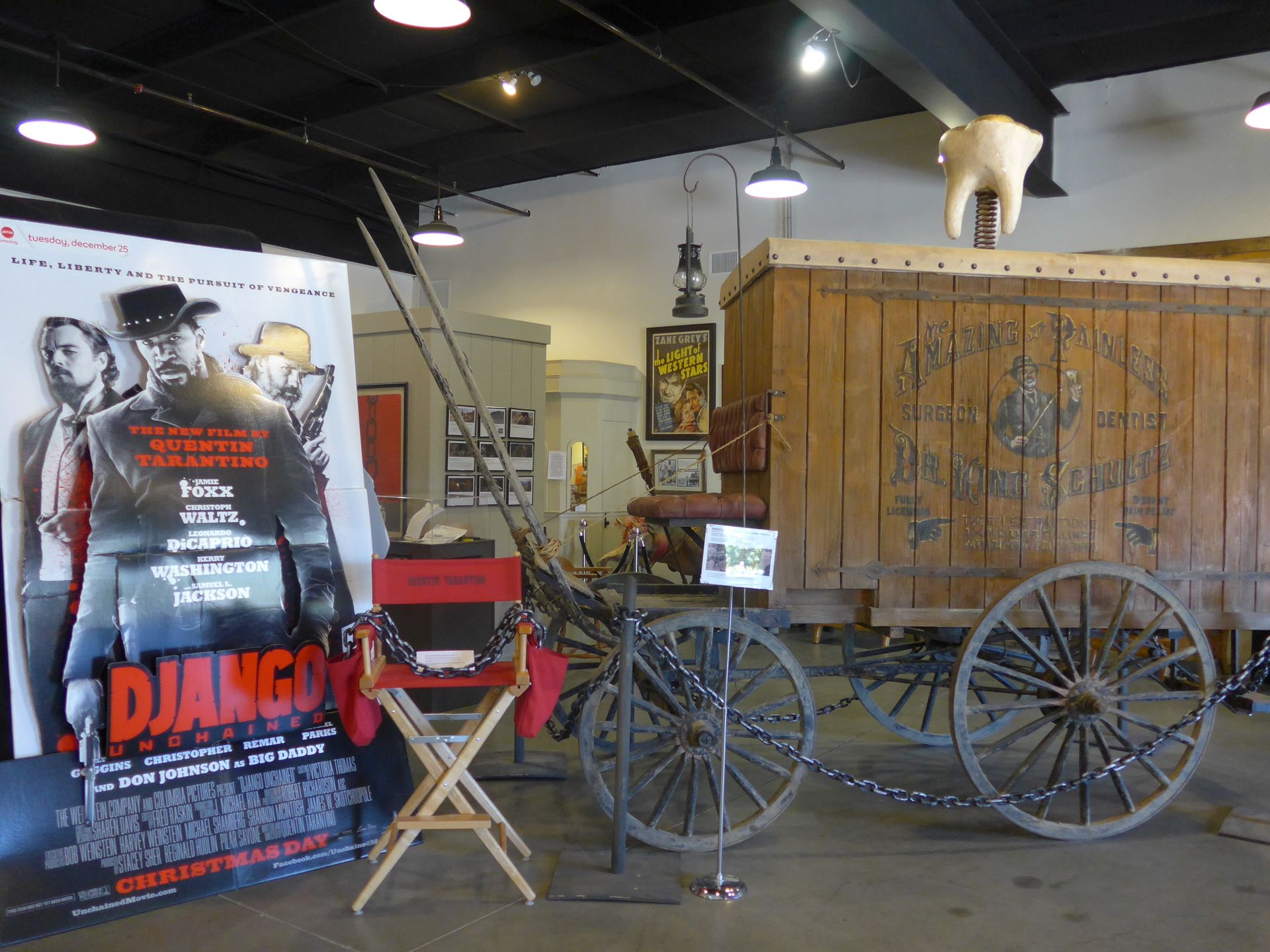
Subscribe to Newsletter
Answer
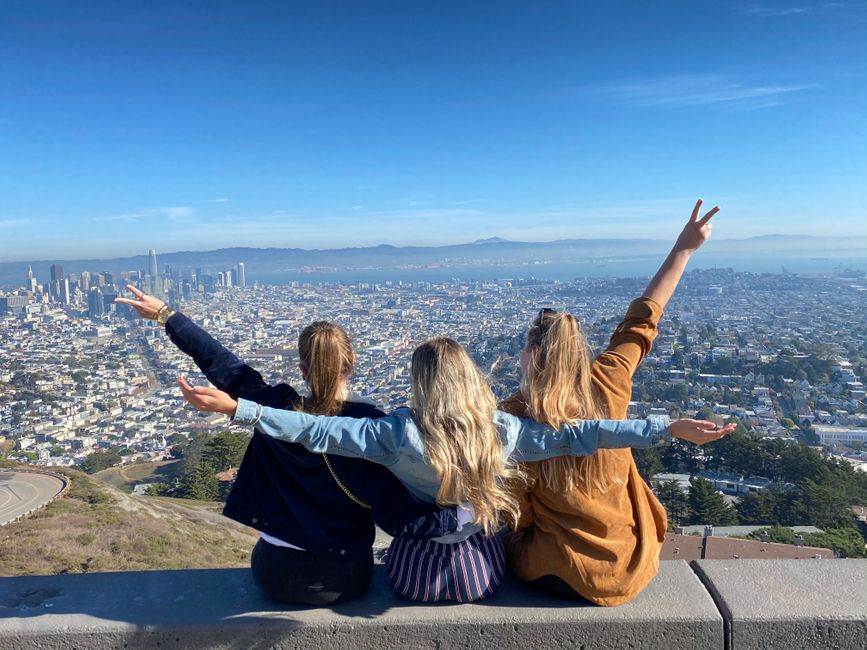
Travel reports USA
